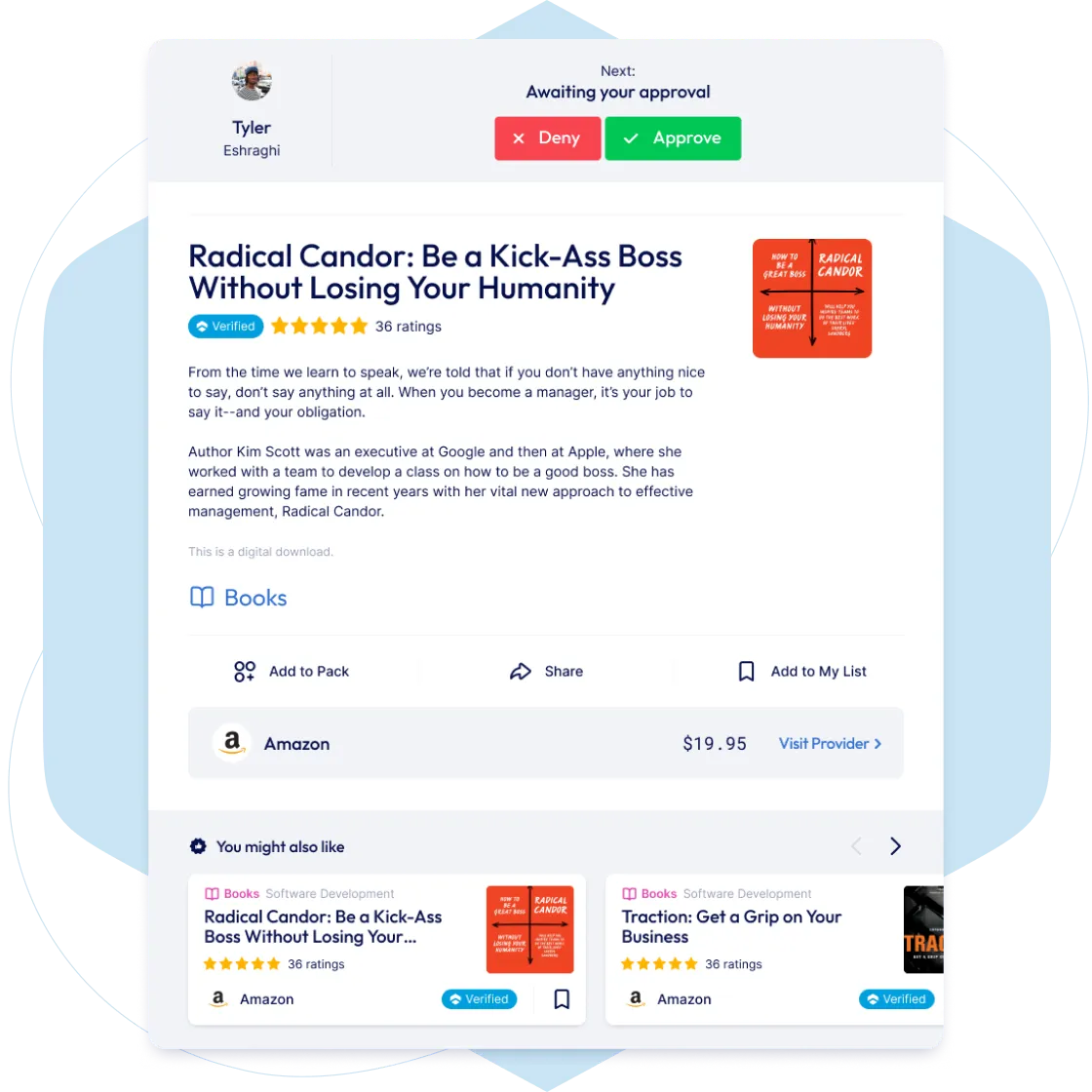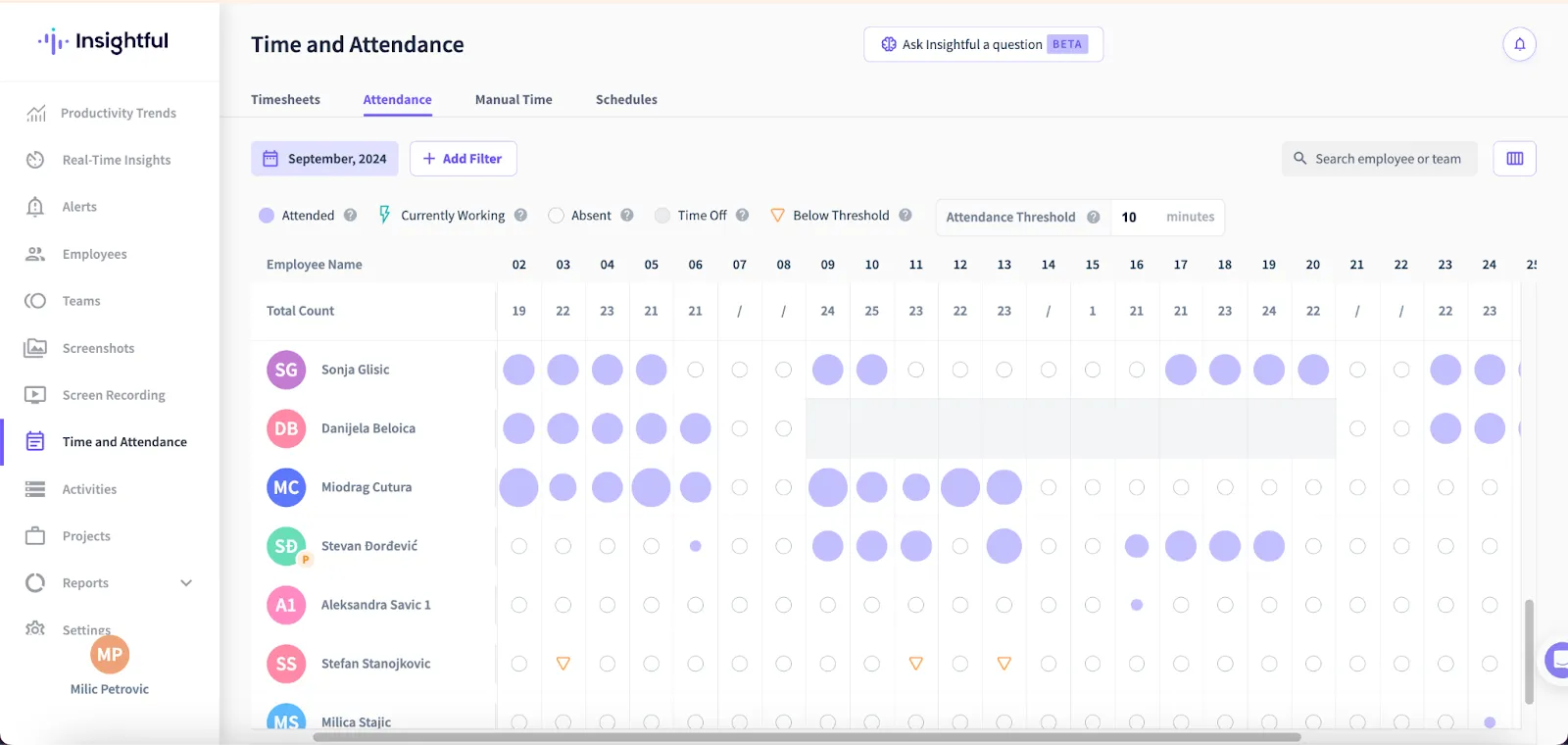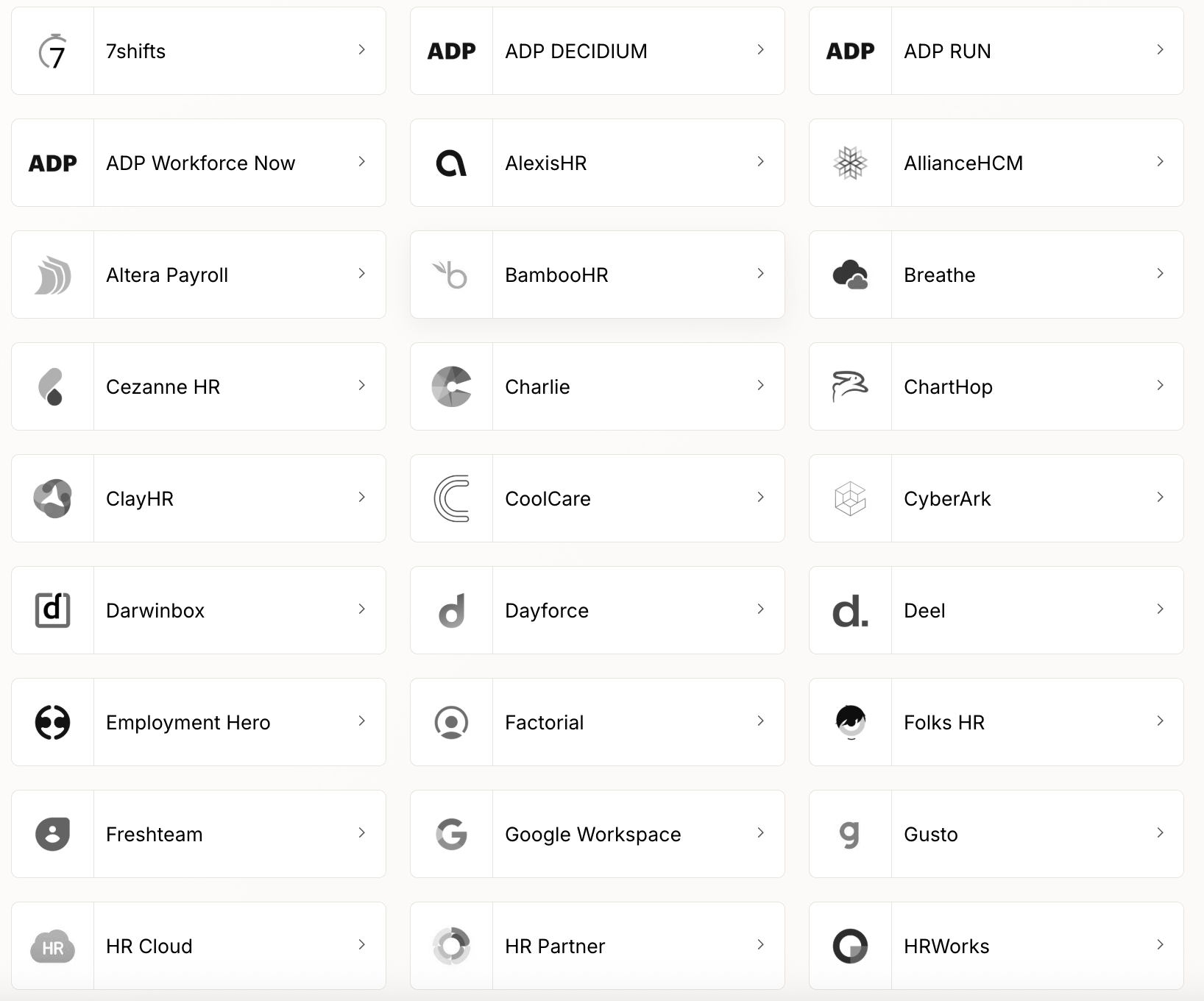Table of contents
Paycom API integration: everything you should know

Paycom offers a variety of solutions to help you manage your team and candidates, from payroll to performance management to benefits administration to time tracking.
Given all the valuable information that’s collected and stored in Paycom, you can build impactful workflows by integrating it with your product or your other internal applications.
Regardless of your integration use case, we’ll help you get started by sharing the basics of their API, common integration use cases, the challenges of integrating with their endpoints, and more.
Overview on the Paycom API
The Paycom API consists of endpoints that expose a wide range of data and functionality from the product.
For example, you can access the following endpoints:
- <code class="blog_inline-code">api_get_employee</code>: Access individual and bulk employee information
- <code class="blog_inline-code">api_get_employee_sensitive</code>: Retrieve sensitive employee information, like pay rates and deposit information
- <code class="blog_inline-code">api_punchhistory</code>: Returns timecard details and punch history for employees over specific time ranges
- <code class="blog_inline-code">api_add_bulk_categorydetail</code>: Add many client labor allocations in one call
- <code class="blog_inline-code">api_add_categorydetail</code>: Adds individual client labor allocation codes
Paycom also enforces rate limits that vary based on the customer’s subscription plan. Their free plan, for example, starts at 100 requests per minute, while their starter plan lets you make 500 requests per minute.
Regardless of the plan you’re on and the endpoints you’re calling, Paycom enforces a multi-step, session-based authentication system.
Finally, it’s worth noting that you'll likely have to enter into a commercial agreement to get access to Paycom’s API documentation and to be able to make calls to their API endpoints. The costs for this agreement can range, but typically amount to several thousands of dollars per year.
{{this-blog-only-cta}}
Paycom API integration examples
Let’s break down a few internal and customer-facing use cases for integrating with Paycom.
Customer-facing Paycom integration examples
Let’s start with a few real-world, customer-facing examples.
Automate corporate card provisioning
If you offer a corporate card platform, like Ramp, you can integrate with Paycom to automate card provisioning workflows.
For example, when a new hire is added to a customer’s integrated Paycom instance, your app’s admin user can view the new hire's information in your platform and decide whether to add them.

Once a new hire is added, the information that’s synced from Paycom—their role, location, department, etc.—automatically determines the corporate cards they receive and their spend limits for each.
Similarly, if an employee is marked as inactive or terminated in a customer’s Paycom instance, your app admin could get notified in your product and automatically remove them within a few clicks—triggering their corporate cards to get deactivated.

Related: Examples of HR integrations
Provide a personalized and streamlined learning and development platform
Imagine you offer a learning and development platform that helps employees request access to a wide range of learning resources—from courses to books to conferences.
To help power your platform, you can integrate with customers’ Paycom instances and continuously re-sync employees’ full names, departments, divisions, and managers.
Based on the integrated employee data, like the employees’ job functions, levels of seniority, work locations, and other factors, they can see learning resources that are personalized to them.

And based on the integrated hierarchical data and the approval workflow set by a customer, any request can be automatically sent for review to the appropriate stakeholder(s).

Track employee productivity effectively
Say you offer a workforce analytics platform that helps users understand how productive their teams are over time.
To help your customers measure their teams’ productivity, you can integrate with their instances of Paycom to consistently sync employee data—like full names, job titles, departments, and work locations—along with their work hours.
Taken together, your customers' managers and leaders can get a clear picture of when and how long their employees are working, whether it’s on aggregate, across groups (e.g., specific teams), or on an individual basis.

Internal Paycom integration examples
Here are just a few of many potential internal use cases.
Streamline employee onboarding
To help HR and IT teams keep onboarding tasks on track across incoming new hires, you can integrate your ATS with your instance of Paycom and build a flow where once a candidate’s offer letter is fully executed in the ATS, the candidate gets added to Paycom as an employee.
Key fields from the candidate’s ATS profile will also get added to their profile in Paycom, such as their full name, job title, address, salary, and department. That way, your team knows when and how to pre-board and onboard them.

Automate key employee surveys
Say you want to survey employees at key milestone events—from their first week to their last day.
To help you send the right surveys to the right employees over time, you can integrate your survey tool with Paycom and sync data like full name, start date, termination date, job title, and more with the survey tool.
You can also make the sync bidirectional; that way, your HR team can see the survey results across employees without leaving Paycom.
Challenges of integrating with the Paycom API
Here are just a few challenges to be aware of.
Commercial partnership
To access Paycom’s API documentation and build to their endpoints, you need to either form a partnership or be a customer that has rights to build to their endpoints.
While the exact dollar amount for this partnership isn’t available online (you’ll need to work with their partnership or post-sales team to ascertain the exact amount), it’s likely thousands of dollars every year.
Extensive approval process
In addition to having a “walled garden” for their API endpoints, Paycom won't necessarily allow you to access their APIs, regardless of the plan you’re on.
The application process includes several detailed questions, and you don’t know how they’re evaluating your responses across them.
Strict rate limits
As your business scales, you’ll quickly graduate from the API call limits of their cheaper pricing plans (e.g., 500 calls per minute on their Starter plan).
This can push you to a more expensive pricing plan when you wouldn’t need to do so for any other reason.
Related: How to build HRIS integrations
Connect Paycom and other HRISs to your product with ease by using Merge
Merge, the leading unified API solution, lets you not only only integrate Paycom with your product but also add dozens of other HRIS integrations.

Merge also offers:
- Comprehensive support for taking your integrations to market (e.g., deciding how to price your HRIS integrations)
- Tooling that enables your customer-facing teams to manage any integration
- Access to hundreds of integrations in other software categories, from file storage to ticketing to CRM.
Learn more about Merge and its integration with Paycom by scheduling a demo with an integration expert.




.png)


.png)
.png)

